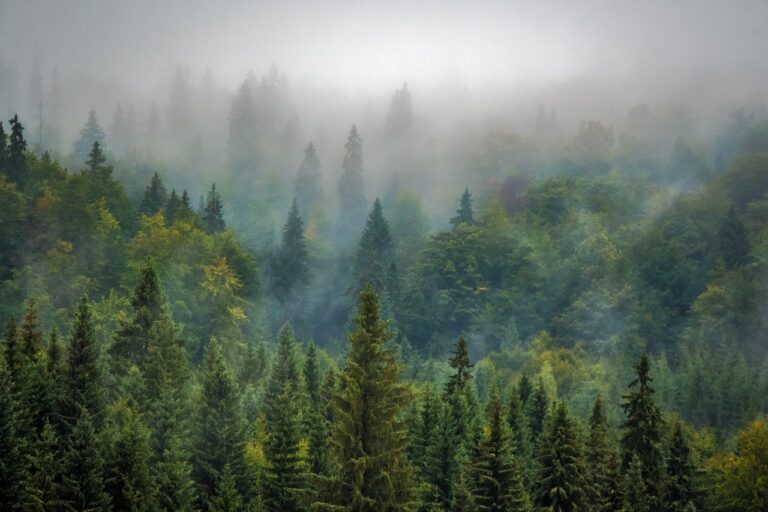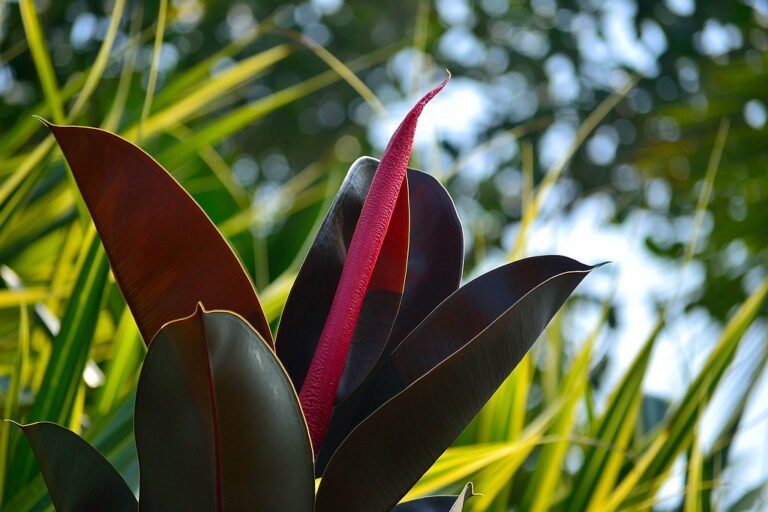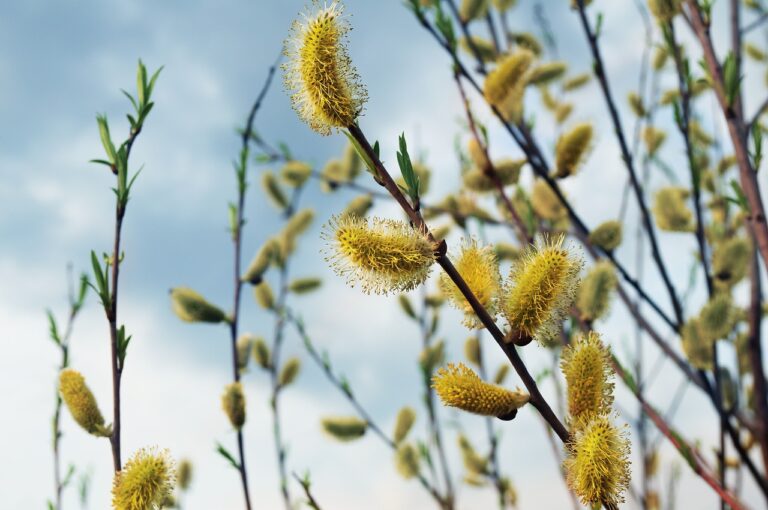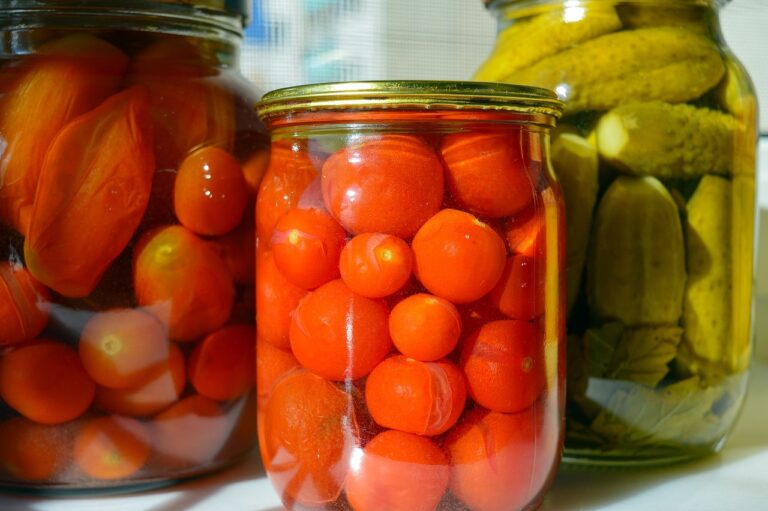Exploring the Benefits of Planting Native Species and Creating a Native Plant Garden
Are you interested in creating a beautiful and sustainable garden? Discover the benefits of planting native species and creating a native plant garden. By incorporating native plants into your landscape, you can have a positive impact on the environment, preserve biodiversity, conserve water, and enhance pest and disease resistance. Not only will you reduce maintenance efforts, but you will also improve soil health and adapt to changing climates. Embrace the aesthetics, educate others, and make a difference in your community.
Environmental Impact
One of the key benefits of planting native species and creating a native plant garden is that it can have a positive environmental impact on your surroundings. By opting for native plants, you are contributing to the ecological restoration of your area. Native species are well-adapted to the local climate and soil conditions, requiring less water, fertilizer, and pesticides. This leads to a significant reduction in your carbon footprint. By planting native plants, you are also supporting local biodiversity by providing food and habitat for native wildlife such as birds, bees, and butterflies. Additionally, native plants help prevent soil erosion and filter pollutants from water, improving the overall health of your ecosystem. So, by creating a native plant garden, you are not only beautifying your surroundings but also actively playing a role in environmental conservation.
Biodiversity Preservation
To further enhance the positive environmental impact of planting native species and creating a native plant garden, you can actively contribute to the preservation of biodiversity. Biodiversity refers to the variety of plant and animal species in a given area, and it is crucial for maintaining ecosystem health and resilience. By engaging in native plant restoration and ecological restoration efforts, you can help protect and promote biodiversity. Native plant restoration involves reintroducing indigenous plant species to areas where they have been lost or diminished. This helps create habitats for native wildlife and promotes the survival of rare or endangered plant species. Ecological restoration, on the other hand, focuses on restoring entire ecosystems by addressing the underlying causes of degradation and implementing strategies to restore ecological processes. Through these efforts, you can make a meaningful difference in preserving biodiversity and ensuring the long-term health of our planet.
Water Conservation
Conserving water is essential when planting native species and creating a native plant garden. By implementing efficient irrigation techniques and selecting plants with drought tolerance, you can significantly reduce water usage while maintaining a beautiful and thriving garden. One effective technique is using drip irrigation, which delivers water directly to the plant's root zone, minimizing evaporation and runoff. Another option is installing a rainwater harvesting system, allowing you to collect and reuse rainwater for watering your plants. When choosing native plants for your garden, prioritize those with high drought tolerance. These plants have adapted to local conditions and require less water to survive. By employing these water conservation strategies, you can create a sustainable and environmentally friendly native plant garden that is both beautiful and serves as a role model for others.
Pest and Disease Resistance
How can you ensure that your native plant garden remains resilient against pests and diseases? One effective way is to encourage the presence of natural predators. These predators, such as ladybugs, spiders, and birds, can help control pest populations naturally. By providing them with suitable habitats, such as native flowers and shrubs, you can attract and retain these beneficial creatures in your garden. Additionally, promoting genetic diversity among your plants is crucial. Planting a variety of native species with different genetic traits can help prevent the spread of diseases and limit the impact of pests. This is because pests and diseases are less likely to affect a diverse population of plants. So, when planning your native plant garden, remember to create a welcoming environment for natural predators and prioritize genetic diversity to enhance pest and disease resistance.
Reduced Maintenance
One way to achieve reduced maintenance in your native plant garden is by regularly practicing proper care and maintenance techniques. By doing so, you can enjoy significant time savings and lower costs. Native plants are adapted to their natural environment, making them more resilient and requiring less maintenance compared to non-native species. They have evolved to thrive in local soil conditions, climate, and rainfall patterns, reducing the need for excessive watering, fertilizers, and pesticides. Native plants also attract beneficial insects and wildlife that help control pests naturally, further reducing the need for chemical interventions. Additionally, their deep root systems help prevent erosion and improve soil health, reducing the need for frequent watering and fertilizing. By choosing native plants and following proper care techniques, you can create a low-maintenance, cost-effective, and sustainable garden that saves you time and money in the long run.
Wildlife Habitat Creation
To attract a diverse range of wildlife to your native plant garden, provide a variety of habitats. Creating different habitats will not only attract different species of wildlife but also contribute to their overall well-being. One way to do this is by incorporating different types of plants that provide natural food sources for wildlife. Native plants such as milkweed, coneflowers, and black-eyed Susans are excellent choices for attracting pollinators like bees and butterflies. These plants provide nectar and pollen, which are essential food sources for these creatures. Additionally, consider adding features like birdhouses, water sources like birdbaths or ponds, and even rock piles for reptiles and amphibians. By incorporating these elements, you can create a thriving wildlife habitat in your native plant garden, benefiting both the animals and the environment.
Soil Health Improvement
To enhance the overall health of your native plant garden, incorporate practices that improve soil quality. One important aspect of soil health improvement is increasing fertility. Native plants have evolved to thrive in specific soil conditions, and by planting them, you can help maintain the natural balance of nutrients in the soil. These plants have deep roots that help break up compacted soil, allowing for better water infiltration and nutrient absorption. Additionally, native plants contribute to nutrient cycling, the process by which organic matter is decomposed and nutrients are released back into the soil. This ensures that the soil remains nutrient-rich and able to support the growth of native plants. By promoting increased fertility and nutrient cycling, you can create a sustainable and thriving native plant garden.
Climate Adaptation
To adapt to changing climates, it is essential to select native plant species that are well-suited to the specific environmental conditions of your region. Climate change poses significant challenges to ecosystems, but by choosing plants that are adapted to your local climate, you can contribute to their resilience and restoration. Native plants have evolved over time to withstand the climate conditions of their native habitats, making them better equipped to handle fluctuations in temperature, precipitation, and other environmental factors. By planting native species, you are not only creating a beautiful garden, but also supporting the health and diversity of your local ecosystem. These plants provide important habitat and food sources for local wildlife, contribute to soil health, and help to mitigate the impacts of climate change. By incorporating native plants into your garden, you are making a positive impact on the environment and promoting a more sustainable future.
Aesthetics and Beauty
By incorporating native plants into your garden, you can enhance the aesthetics and beauty of your outdoor space. Native plants have unique characteristics that attract pollinators and create stunning seasonal color displays. These plants have evolved alongside native wildlife, making them an ideal choice for attracting pollinators such as bees, butterflies, and birds. The vibrant flowers and foliage of native plants provide a visually appealing and ever-changing landscape throughout the seasons. From the delicate blooms of spring wildflowers to the fiery hues of autumn leaves, native plants offer a diverse range of colors and textures. By embracing native species, you not only add beauty to your garden but also contribute to the preservation of local ecosystems and the well-being of native wildlife.
Education and Awareness
Enhancing your understanding and awareness of native plants and their importance is key to creating a thriving native plant garden. Community engagement plays a vital role in spreading knowledge about the benefits of native plants and encouraging others to embrace them. By organizing community events, workshops, and garden tours, you can educate and inspire people to appreciate the value of planting native species. Additionally, curriculum integration is an effective way to educate younger generations about the importance of native plants. By incorporating lessons about native plants into school curricula, you can instill a sense of environmental stewardship in students and empower them to make a positive impact on their surroundings. Encourage schools to create native plant gardens on their premises, providing hands-on learning opportunities. By fostering education and awareness, you can create a ripple effect that leads to the preservation and restoration of native plant species.
Frequently Asked Questions
How Can Planting Native Species Benefit the Local Economy?
Planting native species can promote economic growth by supporting local businesses. By purchasing native plants from local nurseries, you stimulate the local economy, create jobs, and contribute to the overall prosperity of the community.
Are There Any Drawbacks or Challenges Associated With Planting Native Species?
Drawbacks and challenges can arise when planting native species. Some challenges include finding the right species for your area, dealing with pests, and ensuring proper maintenance. However, the benefits outweigh these challenges.
Can Planting Native Species Help Reduce Air Pollution in Urban Areas?
Planting native species can help reduce air pollution in urban areas by increasing biodiversity. Native plants are adapted to local conditions, making them more resilient and able to filter pollutants from the air.
Are There Any Specific Native Plant Species That Are Particularly Beneficial for Attracting Pollinators?
To attract pollinators, consider planting native species like milkweed, bee balm, and goldenrod. These plants provide nectar and pollen sources, making your native plant garden a welcoming habitat for bees, butterflies, and other important pollinators.
How Can Planting Native Species Contribute to the Overall Health and Resilience of Ecosystems?
Planting native species contributes to ecosystem health and resilience. Benefits include biodiversity conservation and the support of ecosystem services. Native plants provide crucial habitat for animals, promote soil health, and require less water and maintenance.
Conclusion
In conclusion, planting native species and creating a native plant garden can have numerous benefits. Not only does it have a positive environmental impact, but it also helps preserve biodiversity, conserve water, and resist pests and diseases. Additionally, it requires less maintenance and improves soil health. Native gardens also adapt well to climate changes and enhance aesthetics. By engaging in this practice, you can educate others and raise awareness about the importance of native plants in our ecosystems.






